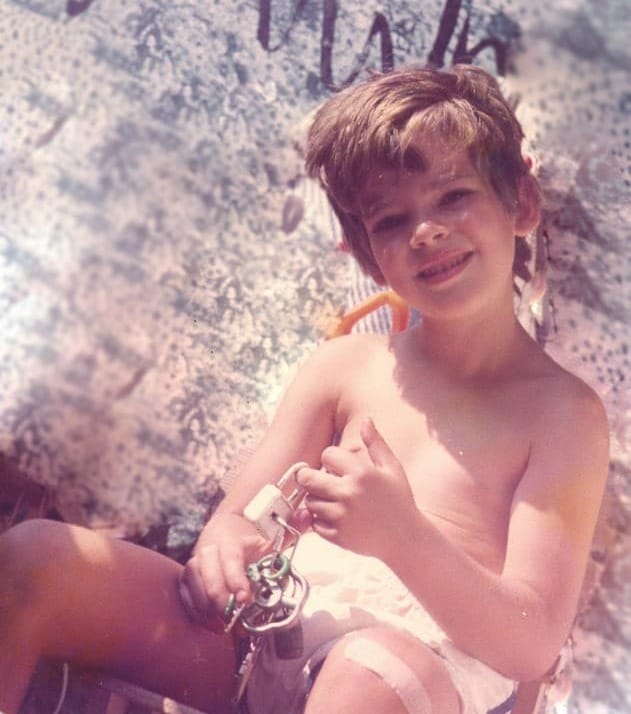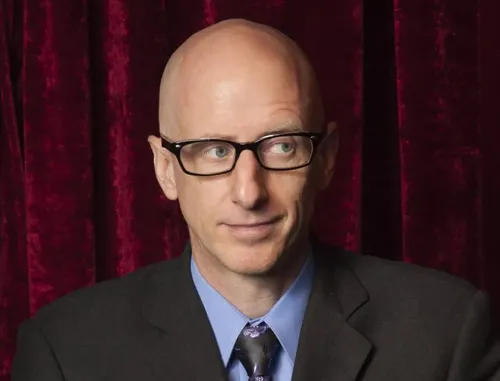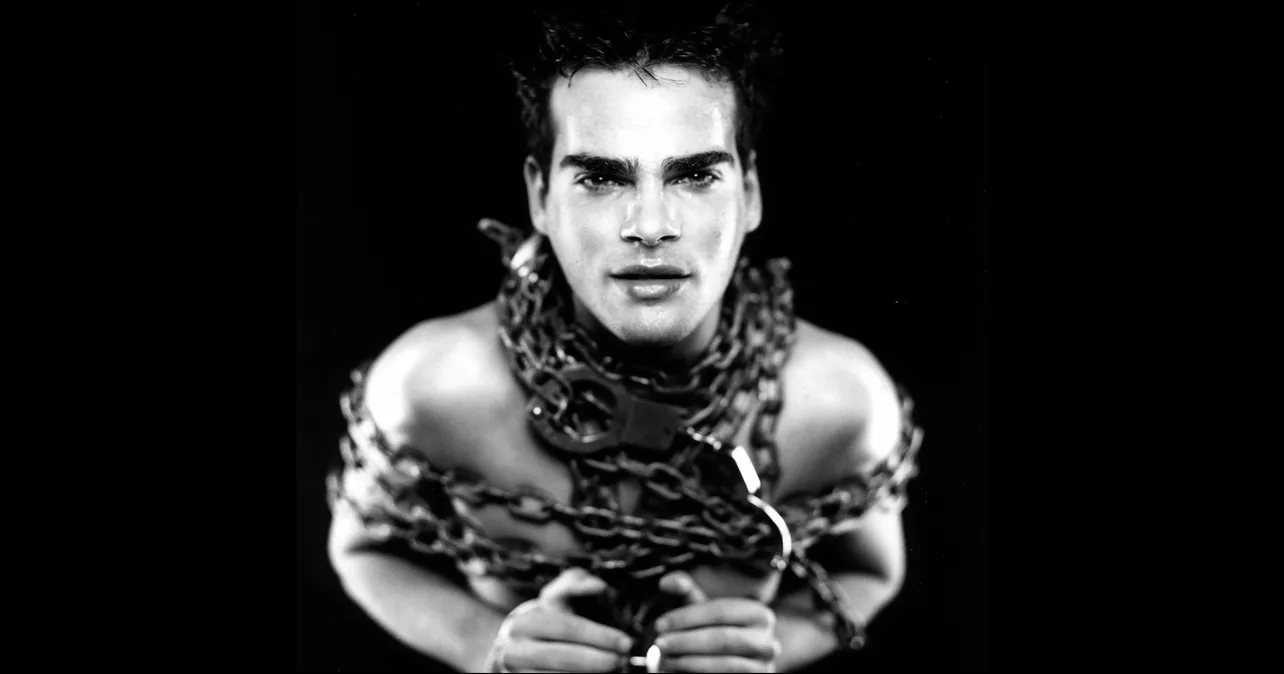The Hungarian magician and escape artist, David Merlini, has had an inspired career. He became famous around the world for his adventurous escapes. Then, he became “the guardian of a museum”—The House of Houdini in Budapest, Houdini’s birthplace.
How did you first become interested in magic and escapes?
I was born in Budapest in 1978.
My mother is a singer. My father was a painter. And probably, when you have a singer mother and a painter father, you have an escape artist child!
My mom brought me to a magic show. Then she bought me a small trick, a Ball and Vase, from a small shop named Figaro. The grandson of the owner now runs the shop, and he comes and performs with us at my museum.
When did you focus on escapes?
I had been collecting padlocks since the age of 4. I was attracted to padlocks, lockpicks, and rotating fans, and so I demanded, always as gifts, small padlocks or chains or stuff like that. My dream was always to connect the padlocks with magic.
I was doing straight magic. I was always obsessed with escapes, but I was not brave enough to bring this inner passion to the stage. What should I do on stage? Get tied up and escape? I would love to do that, but I didn’t think that it would work for an audience. It is one thing to do it at home for fun, but it’s another thing to perform it.
And so when I was 13 years old, the first alignment came, because I was admitted as a member to a Magic Circle in Turin, Italy. And I will always remember the moment. I was in the library, there was a cabinet with lots of books. That’s when the book The Houdini Scrapbook by Walter B. Gibson came into my hands. I learned that [Houdini] was born in Budapest, just like myself. And then digging more, I understood that he was also attracted to padlocks, and keys to mechanical devices, and to lockpicks.

When I was 8 or 9, people used to say to me, “Oh, you put the chains on like a little Houdini.” But I had no idea who Houdini was. When I was 12 or 13, I started to learn about the history of Houdini.

